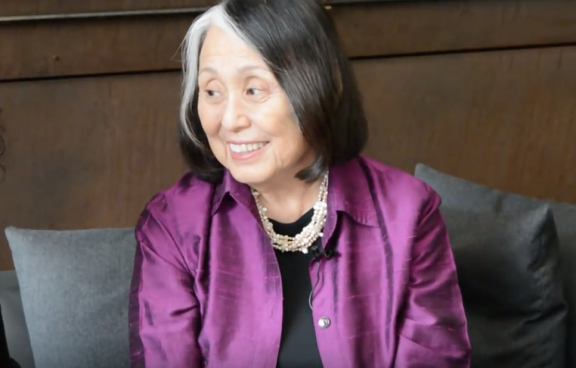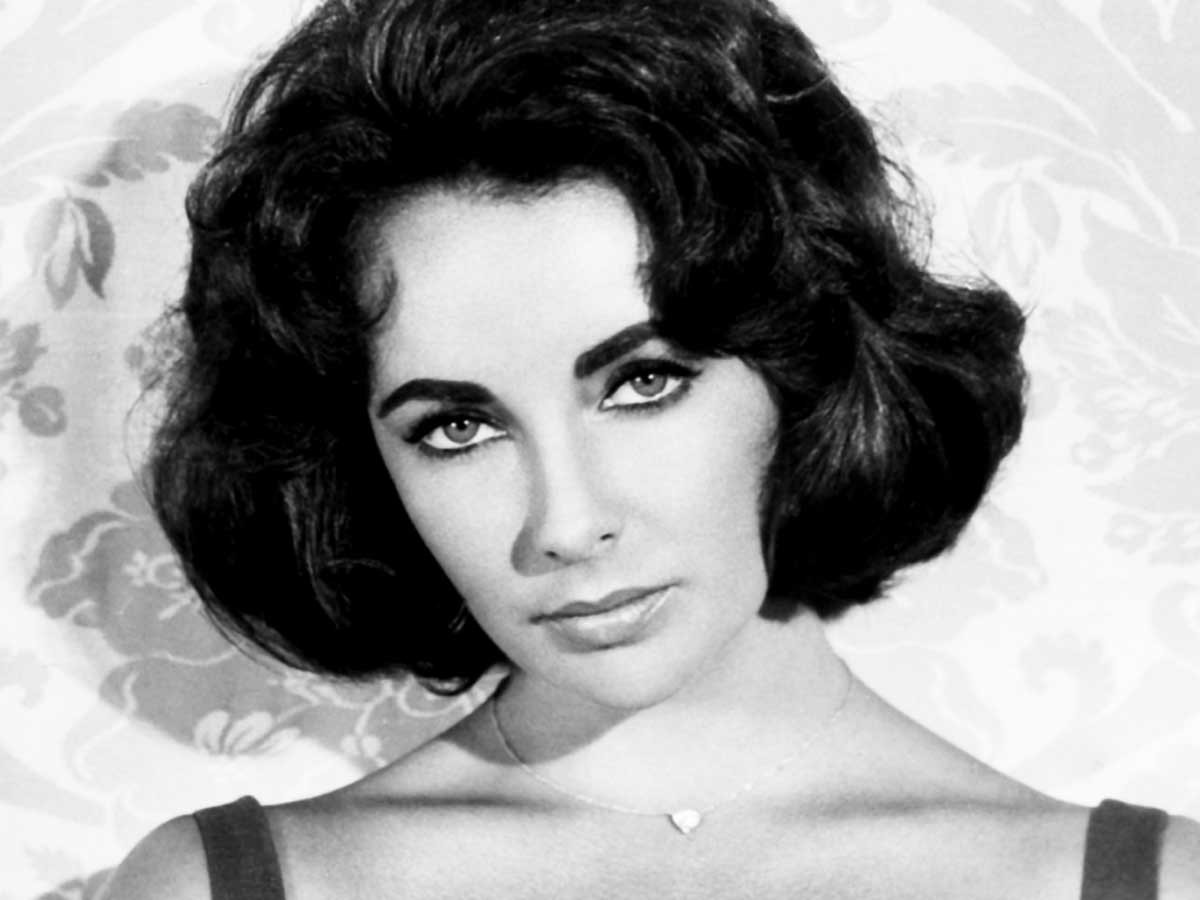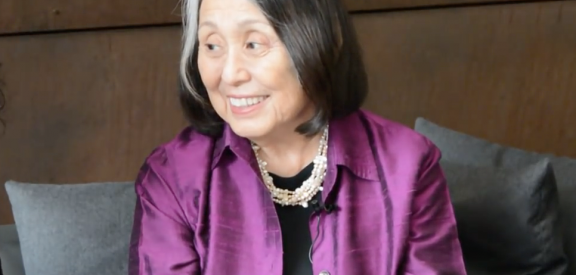 Pattern by Corinna Renn.
Pattern by Corinna Renn.
(Scroll down for a list of each goddess archetype and their description, and click here for male archetypes in Greek gods)
A few years ago I lectured a course on women in Ancient Rome and together with my class, undertook a brief survey of goddesses in Ancient Greece in order to better understand the position of women in the ancient world. The study of mythological goddesses formed in an actual patriarchy (Greece being a far harder place for women than Rome) captivated both the students and I. It proved to be the perfect foil for the study of women such as Cornelia, Hortensia, Livia and Julia Domna ? women diverse in character and proximity to political power, but each one rather formidable in her own right. The Cambridge classicist, Mary Beard in a rather magnificent lecture (reproduced in both the London Review of Books and in Women and Power) says:
?More often than we may realise, and in sometimes quite shocking ways, we are still using Greek idioms to represent the idea of women in, and out of power.?
This is an indication that myth and stories are not just valuable when studying women in history, but may in fact illuminate our understanding of women in contemporary politics. However, it is not the study of women and the realm of power that I focus my attention to in this article. Instead, deciding to examine the role these goddess archetypes play as a metaphor for understanding the inward. They are, in the language of Erich Neumann ?insight tools?.
I came across Jean Shinoda Bolen M.D.?s Goddessses in Every Woman: A New Psychology of Women (1985) in a dusty library where the 60-something gentleman at the desk informed me that this book had been very popular once upon a time. It was Shinoda Bolen?s dedication that struck me, she writes ?To my mother, Megumi Yamaguchi Shinoda, M.D., who was determined to help me grow up ? as she hadn?t ? feeling that I was fortunate to be a girl??
Unlike its older versions, contemporary feminism is often a wasteland of lamentations on the misery of being a woman with not all that much to celebrate. It would appear that unfortunately, we have come full circle in placing little to no value on what it means to be a woman. Shinoda Bolen?s mother, it turns out, was a graduate of Barnard College and Columbia University and was the first Japanese-American to intern at Los Angeles County General Hospital. She later became a psychiatrist ? a path her daughter followed. Shinoda Bolen is a psychiatrist and Jungian analyst who writes primarily on the ?archetypal psychology of women and men in the development of spirituality?.
What we know of archetypes in both pop and actual psychology is traced to Carl Jung who saw archetypes as those patterns of instinctual behavior that is contained in a collective unconscious. This is a concept quite at odds with identity politics and ideas on intersectionality as it is concerned not with what is individual but with what is universal, those ?modes of behavior that are more or less the same everywhere and in all individuals?. Shinoda Bolen writes:
?Myths and fairytales are expressions of archetypes, as are many images and themes in dreams. The presence of common archetypal patterns in all people accounts for similarities in the mythologies of many different cultures. As preexistent patterns, they influence how we behave and how we react to others.?
Thus, despite the book?s title (which may have caused you to roll your eyes), it is not a self-help guide to discover your inner goddess. Neither is it a New Age call to the worship of female deities or a claim that society was once run under a matriarchy. Instead, it provides a chance to use the ?active imagination? in cultivating a conversation with a visualized figure in the hope of increasing knowledge about a part of oneself. Shinoda Bolen writes ?Once a woman can tune in to the different parts of herself and can listen, observe, or feel her differing priorities and competing loyalties, she can then sort them out and measure their importance to her. She then can make conscious choices: when conflicts arise, she decides what priorities to place above others, and what course of action she will take. As a result, her decisions resolve inner conflicts instead of instigating internal wars.? It must be noted that despite the title and presentation of her findings through gendered language, Shinoda Bolen acknowledges in Gods in Everyman: Archetypes that Shape Men?s Lives that:
?Men could identify a part of themselves with a specific goddess. Gods and goddesses represent different qualities in the human psyche. The Pantheon of Greek deities together, male and female, exist as archetypes in us all? There are gods and goddesses in every person.?
 Dr. Jean Shinoda Bolen
Dr. Jean Shinoda Bolen
The really great thing about Shinoda Bolen?s work is that she deliberately takes the reader outside of Freud?s penis-centered theory of women?s psychology which views self-assured and intelligent women as suffering from a ?masculinity complex?. For Freud, a woman who desired to excel suffered from this complex and was thus in denial of reality, simply put: a woman is just a defective man. Jung didn?t see women as inherently defective, believing that the feminine conscious personality had a masculine component called the animus and ?if a woman thought well or was competent in the world, she only had a well-developed masculine animus?. Thus, Shinoda Bolen understands Jung to have perceived women only as ?they served or related to men, rather than as having independent needs of their own?. Yet, the author does not discard Jung?s model entirely and uses it in the description of the archetypes of what she calls ?the vulnerable goddesses? ? one of the three groups used in the book.
The seven Greek goddesses are divided into three groups. The first are the Virgin Goddesses (Artemis, Athena and Hestia) who ?represent the independent, self-sufficient quality in women? Emotional attachments did not divert them from what they considered important. They were not victimized and did not suffer. As archetypes, they express the need in women for autonomy, and the capacity women have to focus their consciousness on what is personally meaningful?.
The next group is the Vulnerable Goddesses (Hera, Demeter and Persephone) which correspond to traditional roles of wife, mother, and daughter. ?They are the relationship-oriented goddess archetypes, whose identities and well-being depend on having a significant relationship. They express women?s needs for affiliation and bonding? each of them also evolved, and can provide women with an insight into the nature and pattern of their own reactions to loss, and the potential for growth through suffering?.
The final category of the Alchemical/Transformative Goddess comprises only of Aphrodite who ?generated love and beauty, erotic attraction, sensuality, sexuality, and new life. She entered relationships of her own choosing and was never victimized. Thus she maintained her autonomy, like a virgin goddess, and was in relationships, like a vulnerable goddess?.
Upon reading the descriptions detailing the negative and positive qualities of each individual goddess, it is likely that the reader will identify with one or more archetype. But the enquiry does not stop there. Instead, a holistic understanding allows the reader to consider the qualities that may need to be activated in order to realize the fullness of who she is. Shinoda Bolen also points out that an allegiance to a particular goddess may differ depending on the stage of life a woman finds herself in.
It is unsurprising that this kind of literature is deemed pass and some believe it should remain in the 80s from whence it came. In many ways, Goddesses in Everywoman is the older, intellectual sister of Clarissa Pinkola Estes? Women Who Run With Wolves. Estes once remarked that she ?feels a bit shut out by traditional feminists? and I?m sure that for many feminists Shinoda Bolen?s work is similarly ?flaky?. The central premise of both the wild women and the goddesses is to contend, in the words of a 1992 Newsweek article, ?that there really is a feminine nature, to be celebrated and not reasoned away?. Estes also once said, ?I would like to see a chair set at the feminist table for the inner life? and it appears that no such seat exists. This is not the fault of feminism but merely a symptom of our culture that denies inner life, a subject on which I have written about elsewhere.
But even the skeptic could find value in the way this book provides recognition of the complexities of what it means to be a woman. The result of these seven different goddesses discredits the dichotomy of virgin/whore, mother/lover still prevalent within popular culture.
It also criticizes the narrow categorization of women into distinct types, the consequences of which are a suppression of power, vitality and creative expression.
While preparing this article, I developed a rudimentary quiz for my female friends aimed at finding one?s dominant goddess archetype. We then had discussions on traits, strengths and weaknesses as the book explores how each goddess archetype deals with her parents, youth, sexuality, marriage and motherhood. My friends were fascinated, some instantaneously identifying with a goddess, some acknowledging the qualities they lack, some viewing these archetypes as a springboard for growth and some very ambivalent about all of this. Each of them, however, enquired about the text itself and eagerly awaits this article and my summary of the goddesses which I outline below.
Artemis: Goddess of the Hunt and Moon
A personification of the independent feminine spirit who is confident, goal-oriented and competitive. It is unsurprising that ?Emotional distance is a characteristic of an Artemis woman, who is so focused on her own aims and undistracted that she fails to notice the feelings of others around her?. Artemis values sisterhood and is ruthless in her desire for justice and protection of those who have been wronged. Through her strength as a hunter and her status as protector, Artemis also became the patron of childbirth. She epitomizes the need to follow one?s own course in life and is a lover of solitude (often disappearing without notice) and her close companions. A successful romantic relationship with Artemis is based on a connection that is deep and intuitive and one in which Artemis can retain her identity and autonomy. The Ares archetype may prove catastrophic as Artemis once unintentionally caused the death of Orion, the hunter, who tried to woo her by competing with her for strength. Artemis is usually paired with Apollo (the sun god, lawgiver and god of art, music and poetry) who doesn?t need to dominate her but also doesn?t need mothering.
Athena: Goddess of Wisdom and Craft
Athena is moved by logic, is a keen strategist who can easily distinguish between emotions and the task at hand. Usually preferring the company of men to women, Athena often experiences a lack of kinship with other women. The Athena woman is poised for power and may be the catalyst for empowering the political, intellectual and creative life within society. Her biggest challenge is overcoming her lack of empathy as ?with her critical attitude and dissecting questions, an Athena woman can unintentionally and unconsciously demean another person?s subjective experience?. Similarly, the Athena woman often has difficulty being spontaneous and living in the moment. Athena women gravitate towards successful men (think Zeus archetype) ? usually heroes. Thus, the sensitive, romantic type will not easily win her heart. Athena was also known for her ability to tame wild horses, thus she can easily bring balance to a mate who is ruled by the passions. Her partner must be supportive of her ambition, and she in turn will offer wisdom, advice and counsel that is discerning and helpful.
Hestia: Goddess of the Hearth and Temple
 The Oracle from ?The Matrix? is a contemporary Hestia.
The Oracle from ?The Matrix? is a contemporary Hestia.
In Greek mythology Hestia was free of the conflicts and intrigues of Olympus, thus the Hestia woman is averse to all kinds of ?drama?, preferring instead isolation and tranquility. Hestia women are contemplative and often religious, and like Artemis and Athena, she has a focused consciousness. Hestia?s focus, however, is on the inner subjective experience. Hestia?s presence ?creates an atmosphere of warmth and peaceful order? free of competitiveness and the frenzy of modern life. Her biggest challenge is dealing with the ?real world?, cultivating a social persona and setting goals, while remaining true to her inward orientation. Many Hestia archetypes are women who are single and remain so for a long time but unlike those who may pity her, Hestia does not have an unconscious fear of alone-ness. If she does enter into a relationship, it may likely be with a Hermes archetype who negotiates the outside world with ease usually being extroverted and playful with an ability to create strong social bonds.
Hera: Goddess of Marriage
Hera represents the union of the masculine and the feminine and is a goddess devoted to commitment and partnership. The Hera woman may feel isolated in a society which says ?being a wife is not enough?. She sees all other projects as secondary to her quest for a partner. Hera?s status, power as well as much of her identity can only be achieved if it is connected to a man. For Hera, being single is difficult but her biggest challenge is overcoming her jealousy, vindictiveness and inability to leave a destructive relationship. Once a Hera woman is betrayed, she feels discarded and may go to extremes for revenge. Due to devotion to the union of marriage, Hera has the ability to unite people and is a manifestation of what it means to be loyal and committed to a relationship or cause. Additionally, she possesses the ability to endure. We must also not forget that her name is the feminine form of the Greek word hero ? meaning ?Great Lady?.
Demeter: Goddess of Grain
Demeter is the nurturer and mother who thrives when she is offering physical, psychological and spiritual support. ?The mother archetype motivates women to nurture others, to be generous and giving, and to find satisfaction as caretakers and providers?. The Demeter woman is warm and goes out of her way to make others comfortable, especially in school and work environments. She doesn?t compete with other women and may be involved with work which ultimately assists vulnerable women and children. These qualities often result in burnout for the Demeter woman who has difficulty saying no to those seeking her help. A lack of ?feeling needed? may also result in frustration and depression for the Demeter woman. Demeter is typically drawn to men who need mothering and emotional support and to whom she believes the world has been unkind. This may make her ?vulnerable to being used by a sociopath? [who] may tie up a Demeter woman?s emotional life for years and may drain her financially?. A Dionysus archetype may also be in the running, as his emotional suffering may be tempered by her nurturing.
Persephone: The Maiden and Queen of the Underworld
 ?Persephone Returns? by Ana Lidia Gonzalez
?Persephone Returns? by Ana Lidia Gonzalez
Persephone contains within her the dual archetype of the maiden (a young goddess, innocent and associated with fertility) and the Queen of the Underworld (?who reigns over the dead souls, guides the living who visit the underworld, and claims for herself what she wants?). To be the maiden has less to do with age than it does to do with ?being the eternal girl who doesn?t commit herself to anything or anyone, because making a definite choice eliminates other possibilities?. While this allows for great adaptability, in order to truly grow, the Persephone woman must learn to make commitments and to live up to them. Failing this, she will forever be a victim of the will and power of others, becoming a long-sufferer or martyr. However, her descent into the underworld shows the possibility of pain forcing growth. As the Queen, Persephone symbolizes receptivity, intuition and empathy to the suffering of others. Thus, Persephone?s gifts include the cultivation of imagination and inspiration.
Aphrodite: Goddess of Love and Beauty
 Shinoda Bolen says Elizabeth Taylor?s beauty and magnetic public image together with her string of husbands make her a contemporary Aphrodite.
Shinoda Bolen says Elizabeth Taylor?s beauty and magnetic public image together with her string of husbands make her a contemporary Aphrodite.
For the Aphrodite woman, emotional experience trumps the need to be independent or the need to create permanent bonds. A woman who identifies strongly with Aphrodite has a personal charisma and a kind of magnetism that attracts both men and women, resulting in a wide circle of female friends who like the creativity and spontaneity that she inspires. Thus, when women (especially Hera?s) are jealous or angered by her, Aphrodite is shocked as she is not possessive or jealous. Her biggest challenge is creating lasting relationships and becoming reflective rather than reactive. Aphrodite?s greatest gift is her power to create love that is truly transformative. This alchemical and sacred dimension has largely been lost in current culture, which chooses to focus on the aspects of Aphrodite which emphasize romance, sexual pleasure and outward beauty. Aphrodite is typically drawn to men that do not want to be husbands, fathers or head of the household. The faithful Hephaestus man needs a partner to appreciate the beauty of the things he makes while providing Aphrodite with the stability she needs. Ares, the god of war, is fiery with a swaggering machismo and an Aphrodite-Ares combination is an ?inflammable mix? but could later prove harmonious.

This journey with Shinoda Bolen is fun for the reader seeking a refresher course in Greek mythology and is a means of understanding for the reader interested in tools of insight. Like the ancient Greek women who called on Aphrodite when looking for love, Demeter when they wanted a child and Artemis when they sought protection, we too can nurture the qualities we lack, by appealing to the patterns of the corresponding goddess in possession of the qualities we desire. We should channel the assertive qualities of Athena when we feel weak, the reflective disposition of Hestia when we feel overwhelmed and the intuition and empathy of Persephone in dealing with others.
More than anything, this book is a reminder that far from being a misfortune, being a woman is an experience that is intriguing and mysterious as it is joyous.


